Pumping Systems and Energy Efficiency in Water Utilities
VerifiedAdded on 2023/03/21
|9
|834
|58
AI Summary
This document discusses the importance of proper pump selection, variable frequency drives, motor efficiency, and hydraulic modeling in improving energy efficiency in water utilities. It also explores future research possibilities such as in-line turbines.
Contribute Materials
Your contribution can guide someone’s learning journey. Share your
documents today.
1 out of 9
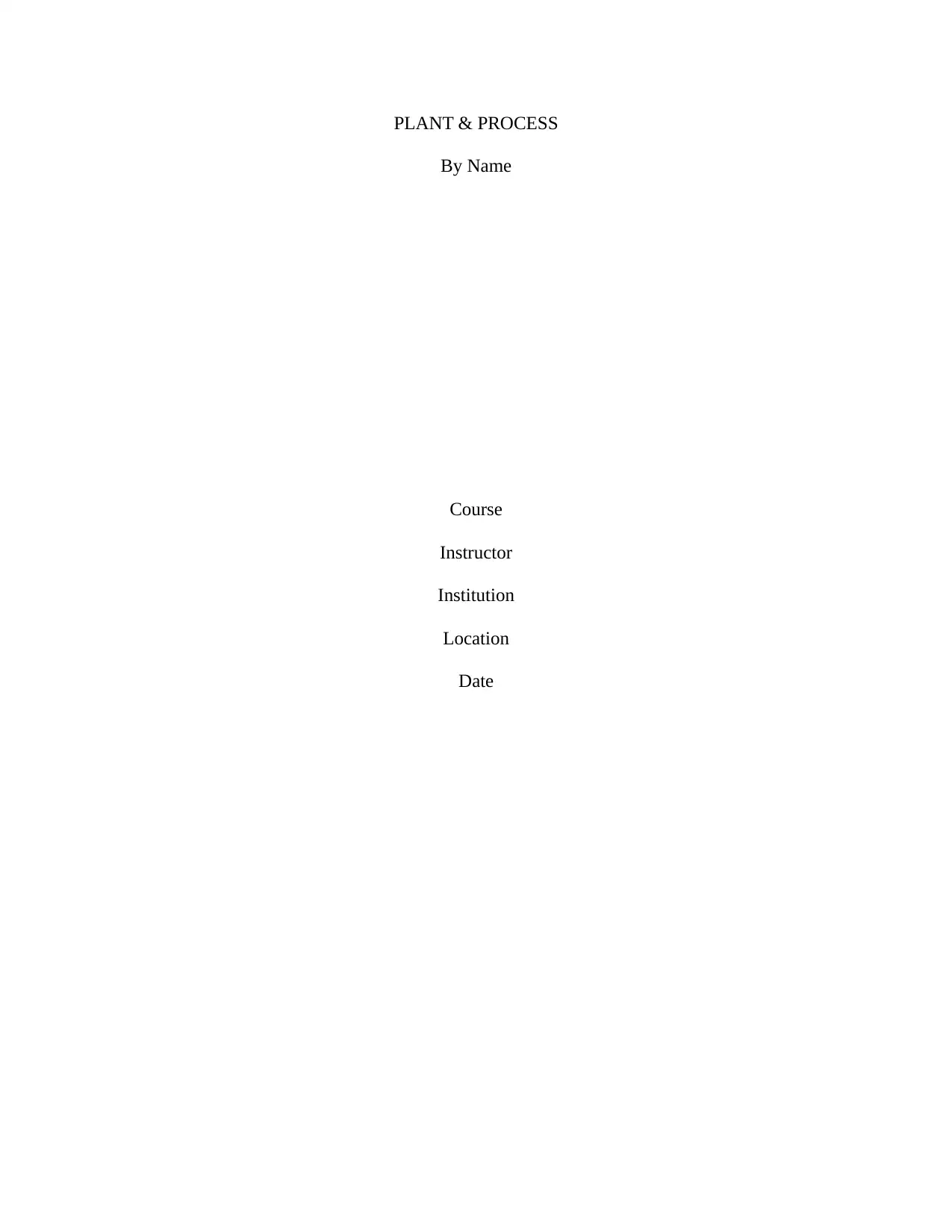
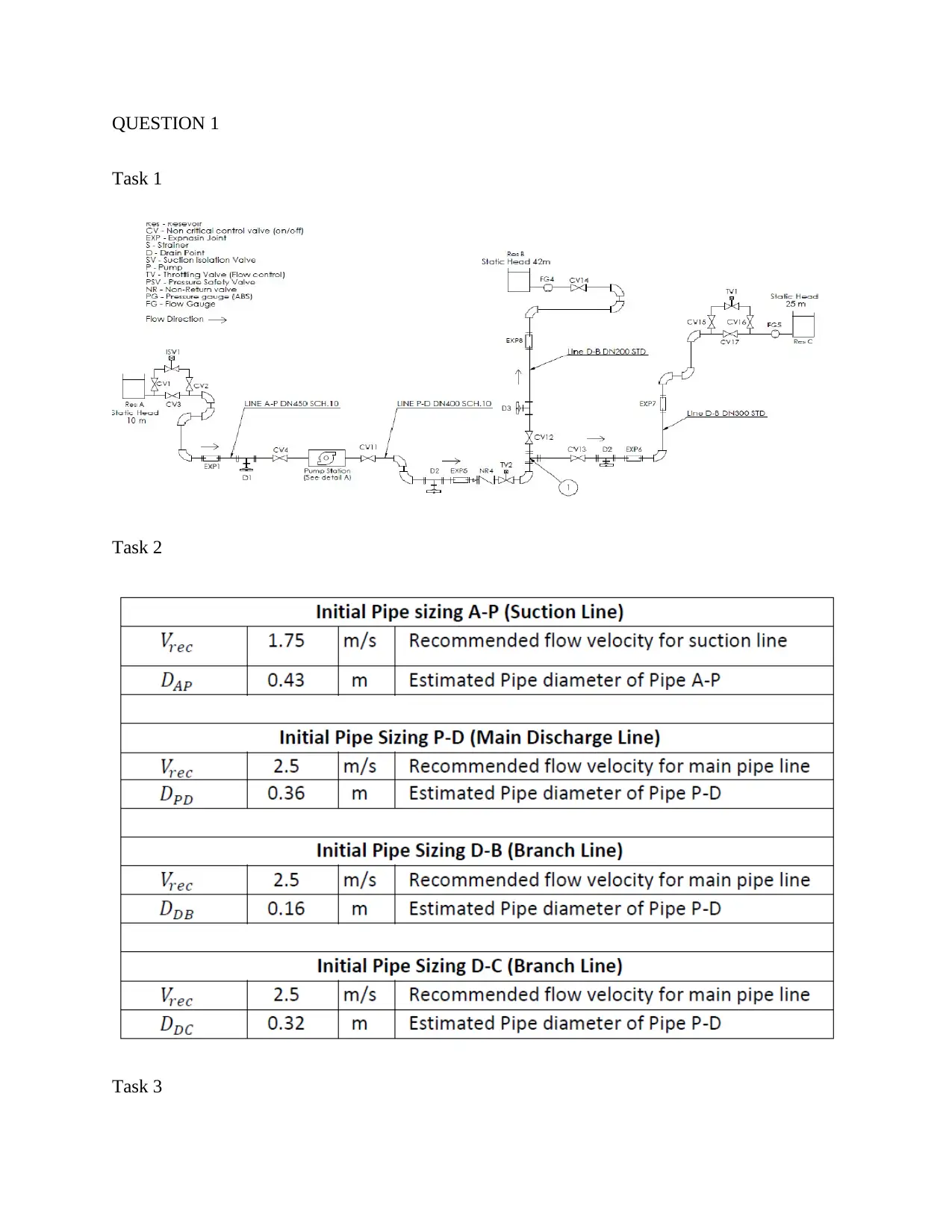
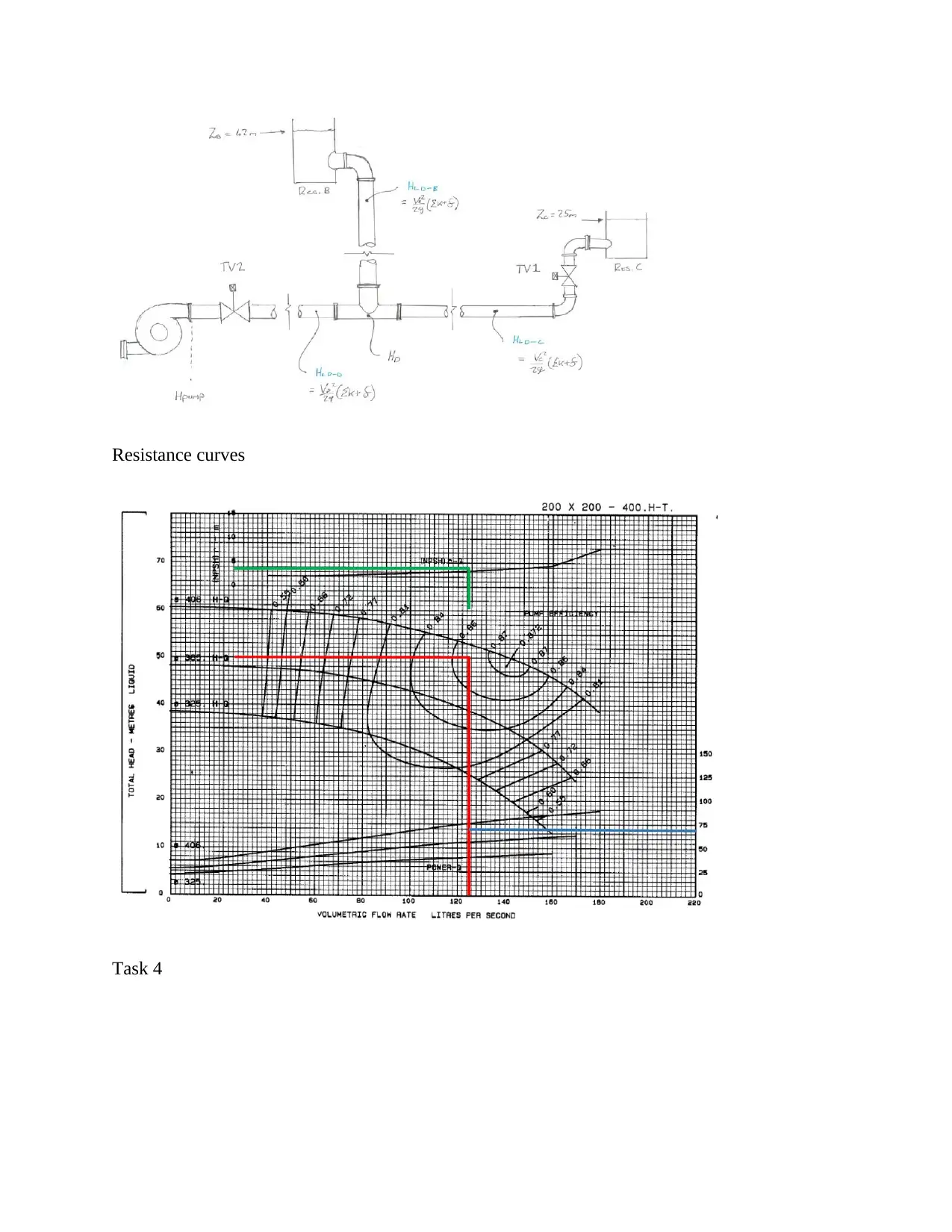
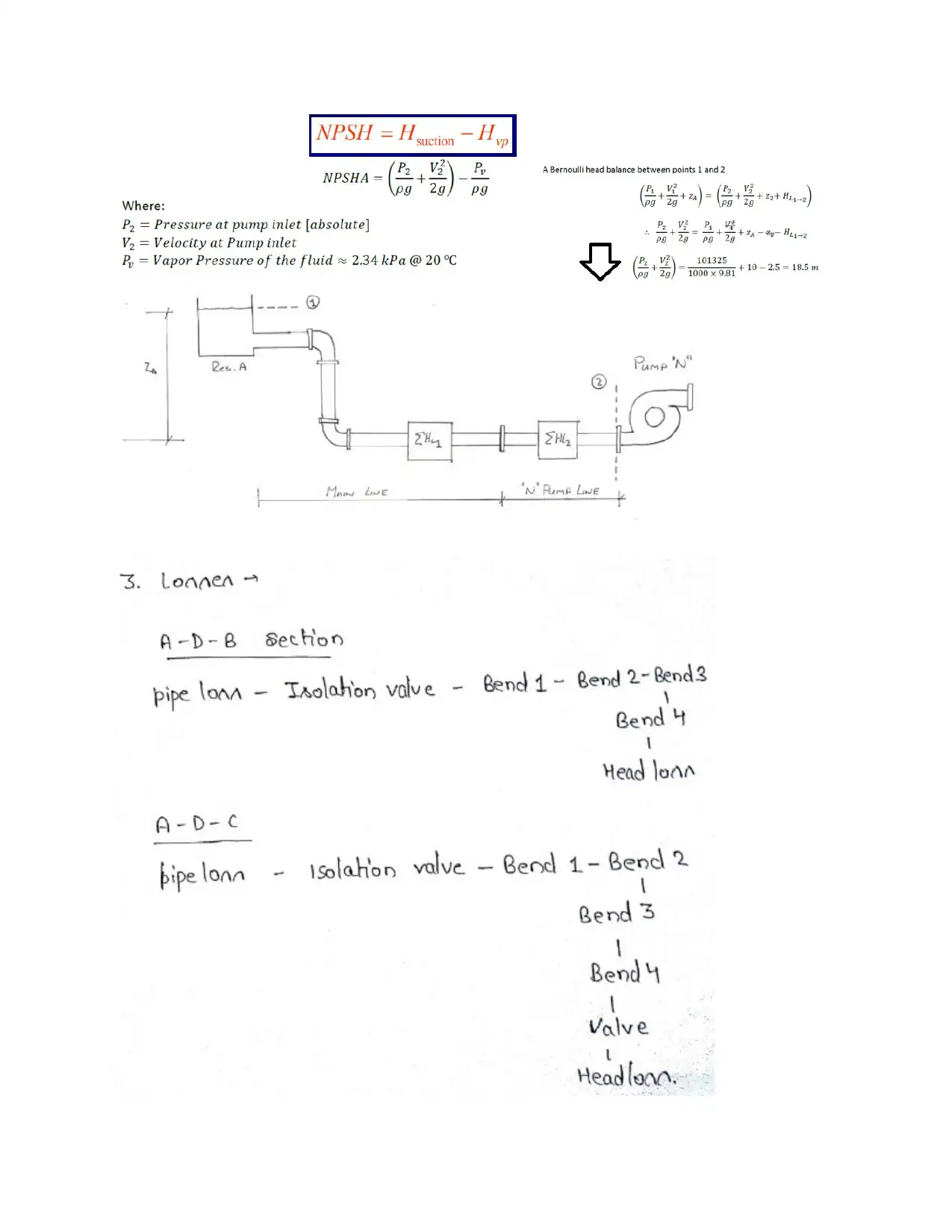
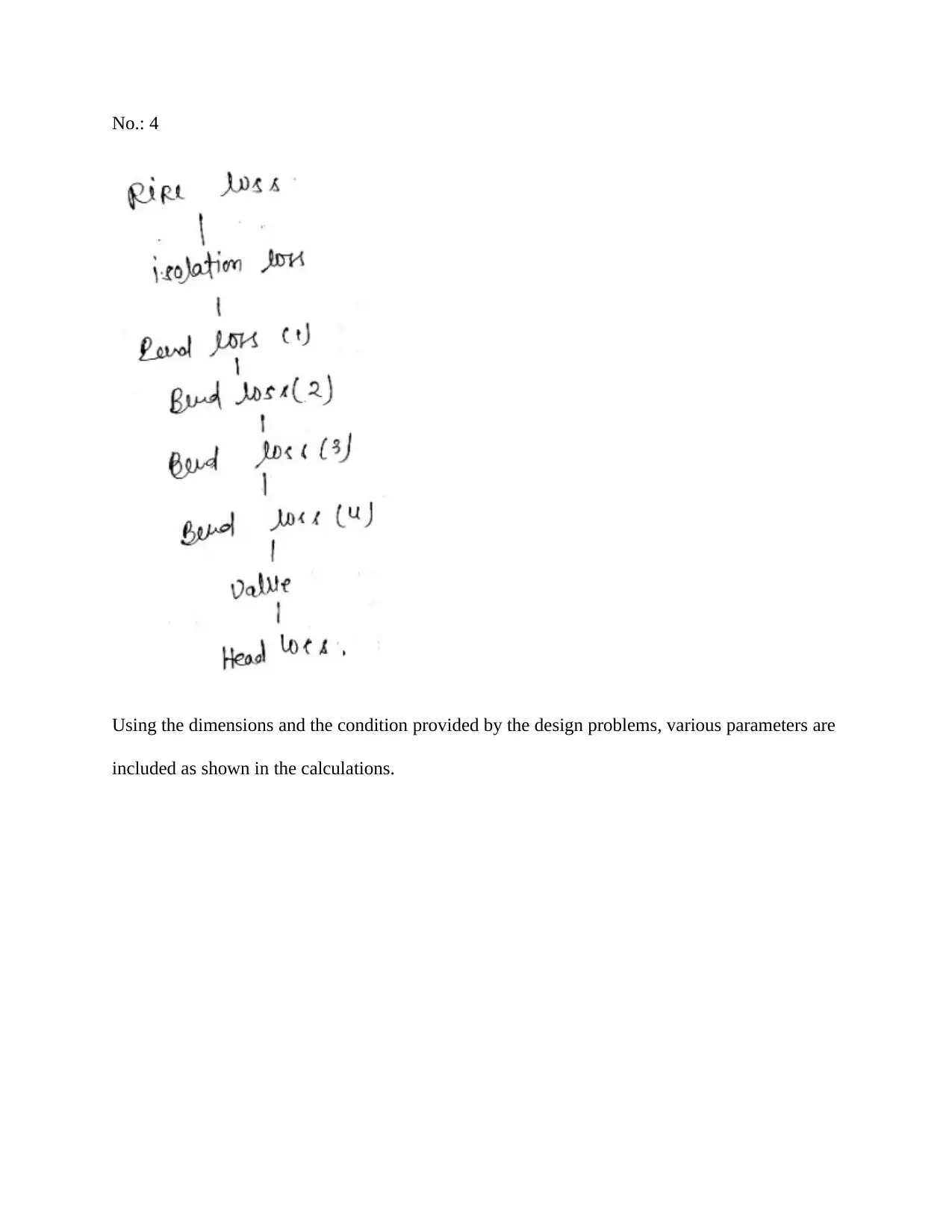
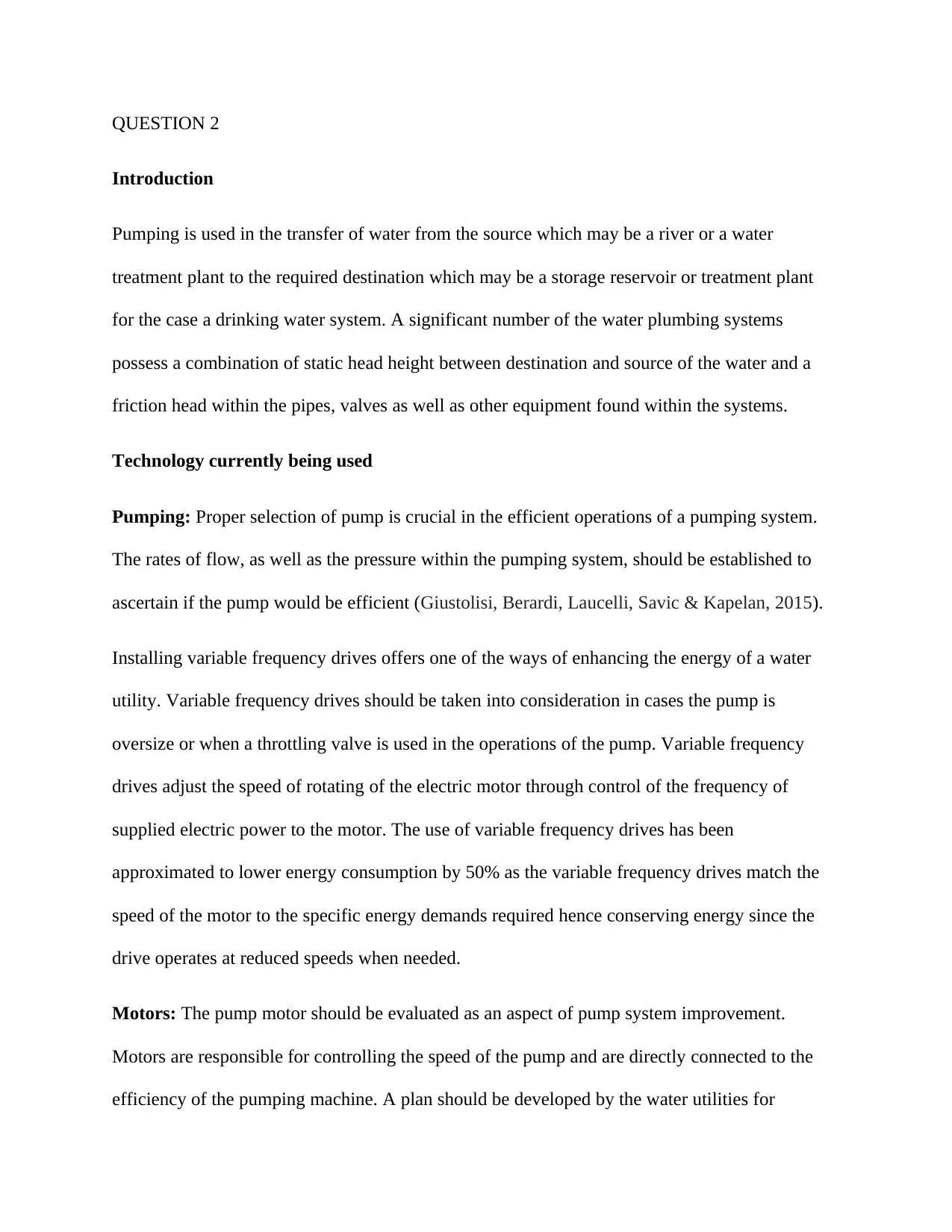
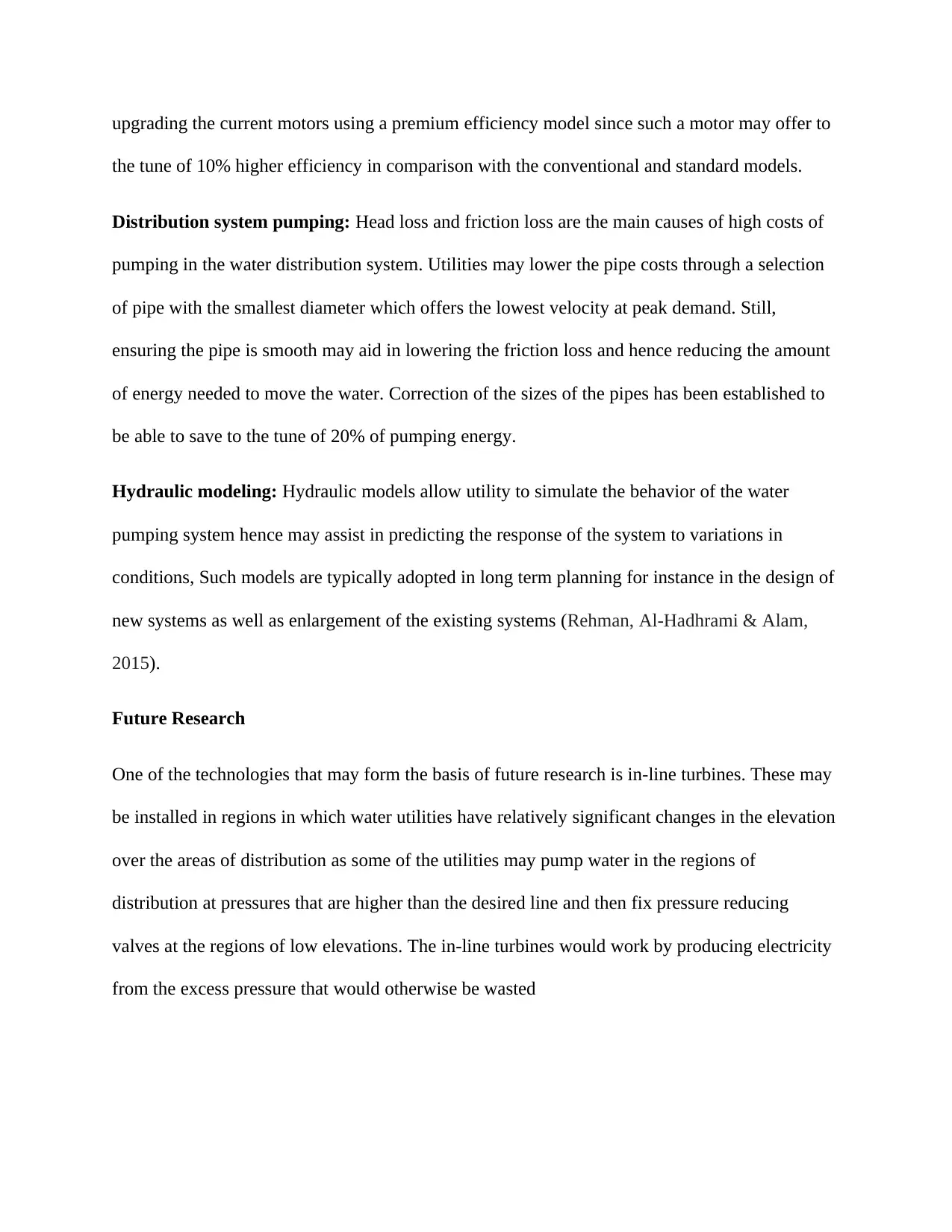
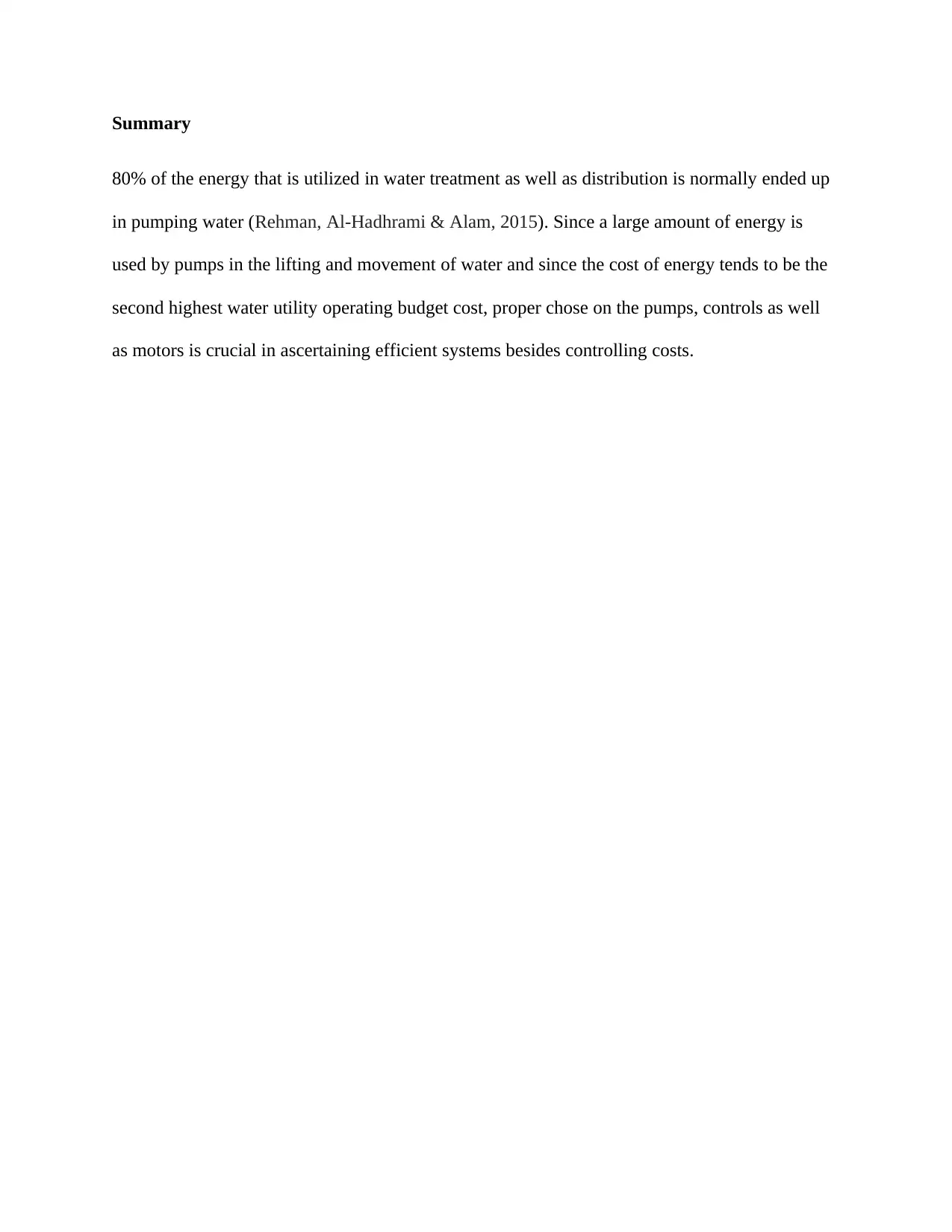
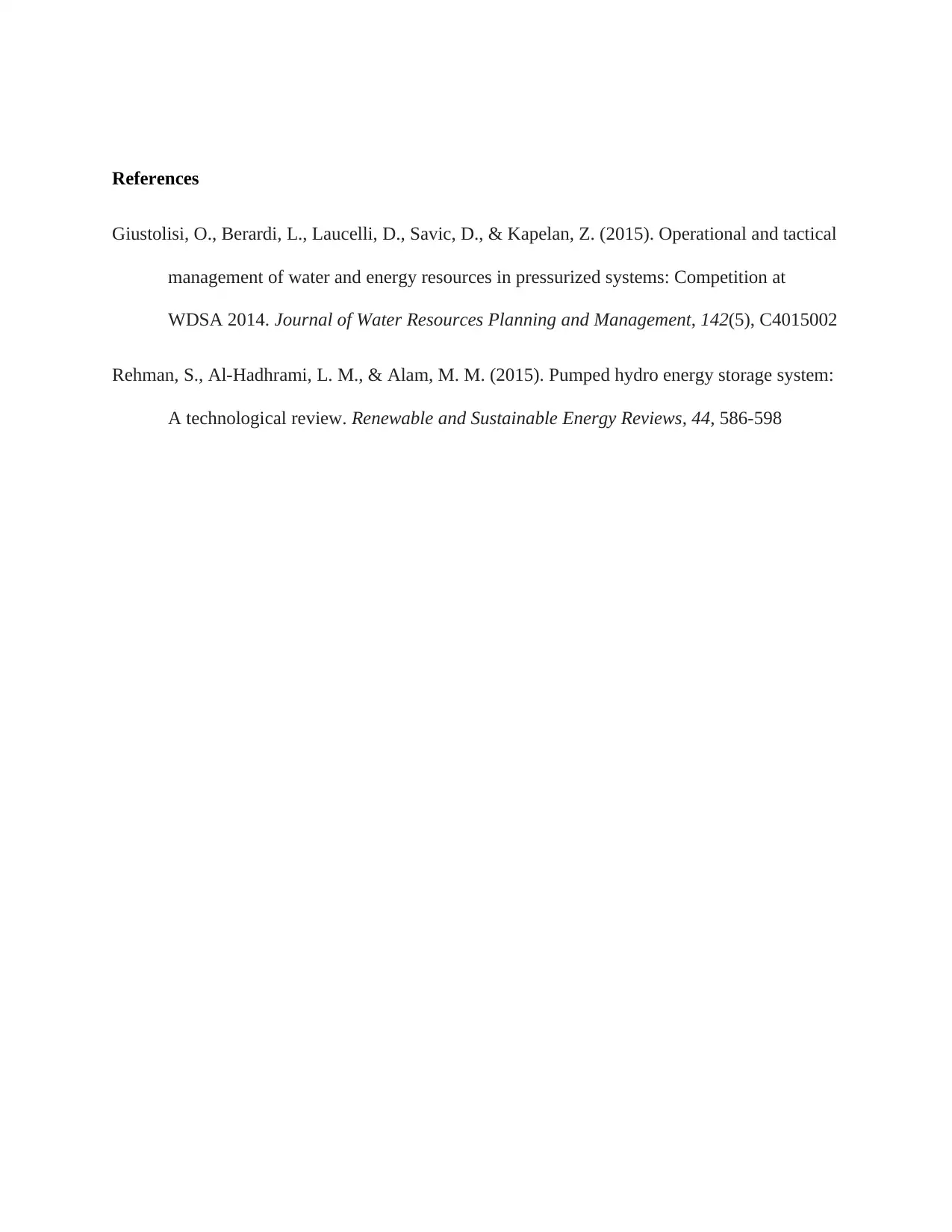






![[object Object]](/_next/static/media/star-bottom.7253800d.svg)